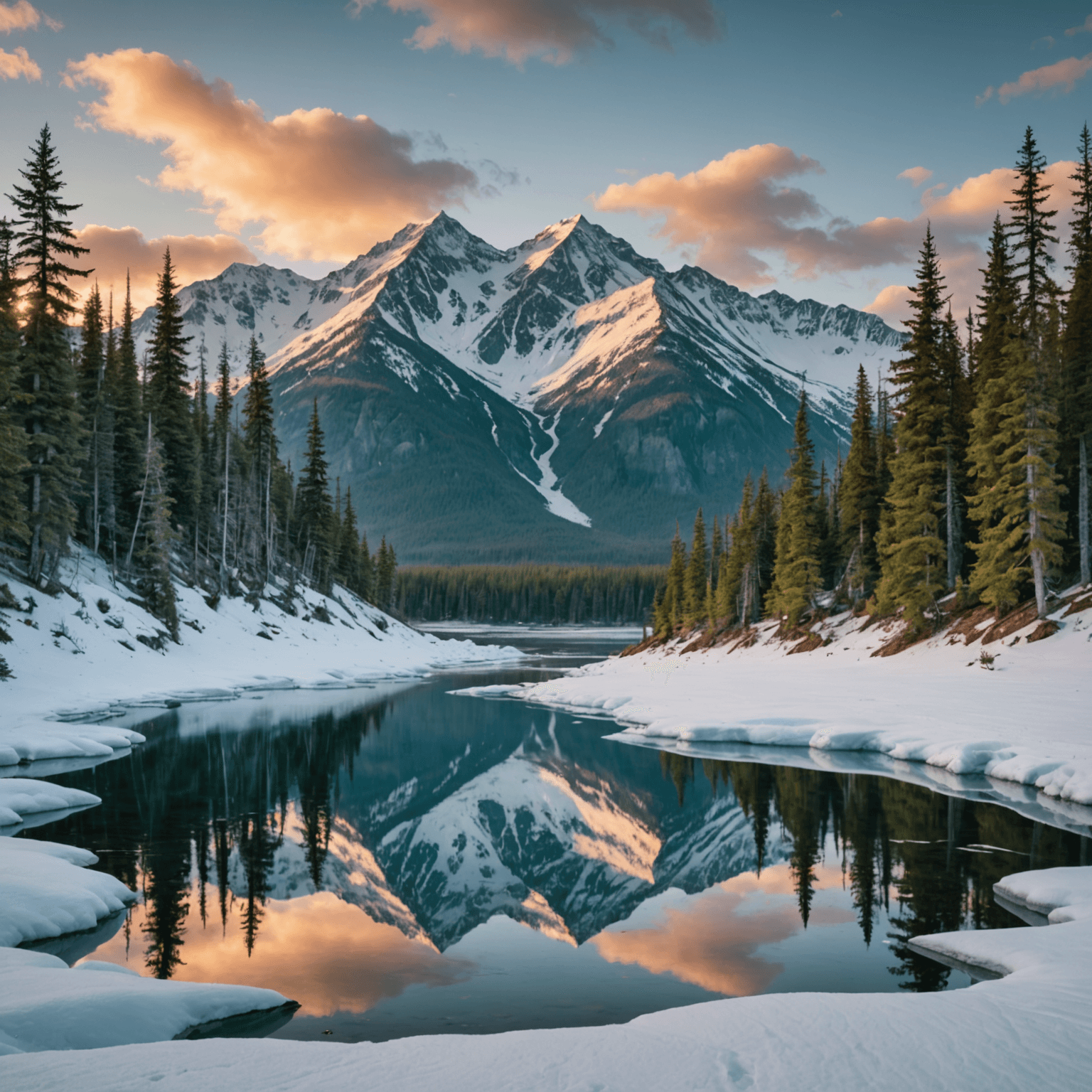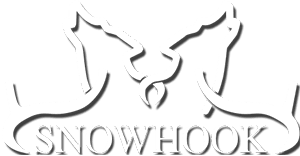Introduction
Dog sledding is an exhilarating and traditional mode of transportation that has evolved into a beloved sport and adventure activity, especially in Alaska. The small town of Willow serves as a key location for dog sledding enthusiasts, offering a picturesque backdrop and a vibrant community deeply rooted in this winter sport. When it comes to navigating the snowy trails with a team of enthusiastic sled dogs, understanding the common dog sled commands is crucial. These commands are not only essential for safety but also for ensuring a smooth, enjoyable ride. In this blog post, we will delve into the most common dog sled commands, their meanings, and how mushers use them to guide their sled dog teams.
Understanding Dog Sled Commands
Dog sled commands are simple verbal cues used by mushers to direct their sled dog teams effectively. Each command has a specific meaning, and consistency in tone and pronunciation is vital for clear communication with the dogs.
Gee and Haw
Two of the most fundamental commands in dog sledding are “gee” and “haw.” These commands are used to instruct the sled team to turn right (“gee”) or left (“haw”). Given the icy and often treacherous conditions of dog sledding trails, these commands are crucial for navigating turns and avoiding obstacles.

Mush
Contrary to popular belief, the command “mush” is not commonly used by professional mushers. Instead, the command “hike” is more frequently employed to get the team moving. However, “mush” can still be heard in various dog sledding contexts, often as a nod to tradition.
Easy and Whoa
Navigating the diverse terrains of Willow and other sledding destinations requires speed control. The command “easy” is used to slow down the team, helping the musher maintain control during downhill segments or when approaching a stop. To bring the sled to a complete halt, mushers use the command “whoa.” This is particularly important for ensuring the safety of both the dogs and the musher.
Line Out
“Line out” is an essential command used to instruct the lead dogs to pull the towline taut and stand in position. This command is particularly useful when preparing to start or after coming to a stop, ensuring that all team members are ready and attentive.
On By
When encountering distractions on the trail, such as wildlife or other teams, mushers use the command “on by” to encourage their dogs to maintain focus and continue past the distraction without veering off course.

The Role of Training and Bonding
Effective communication with sled dogs goes beyond verbal commands. Building a strong bond with the dogs through consistent training and mutual trust is essential. Mushers dedicate time to understanding each dog’s personality, strengths, and weaknesses, which helps in forming a cohesive and responsive team.
For those interested in experiencing this firsthand, Snowhook Adventures offers unique opportunities to learn about dog sledding and interact with their well-trained sled dogs. Whether you’re a beginner or an experienced adventurer, these tours provide valuable insights into the world of dog sledding.
Conclusion
Understanding and using the correct dog sled commands is fundamental to the success and safety of any dog sledding adventure. Whether you’re exploring the breathtaking landscapes of Willow or embarking on a custom tour, these commands help ensure a seamless and thrilling ride. As you consider your next adventure, remember the importance of these commands and the bond they help forge between musher and dog.
FAQ
What is the purpose of dog sled commands?
Dog sled commands are used to direct and control a sled dog team during a run. They ensure safety and efficiency in navigating various terrains.
Why are “gee” and “haw” important in dog sledding?
“Gee” and “haw” are crucial for steering the sled. “Gee” directs the team to turn right, while “haw” directs them to turn left, helping navigate the trails safely.
Are there any alternatives to “mush”?
Yes, instead of “mush,” mushers commonly use the command “hike” to get their sled dogs moving. “Mush” is more of a traditional term.
How do mushers train their dogs to follow commands?
Training involves consistent practice with verbal commands, bonding activities, and positive reinforcement to ensure the dogs understand and respond appropriately.
What should I expect on a dog sledding tour with Snowhook Adventures?
With Snowhook Adventures, expect knowledgeable guides, well-trained dogs, and a thrilling experience that offers both adventure and insights into the art of dog sledding.
What equipment is essential for dog sledding?
Essential equipment includes a sled, harnesses, towlines, and safety gear for both the dogs and the musher. Proper attire for extreme cold is also crucial.
Can I participate in dog sledding if I have no prior experience?
Absolutely! Many tours, such as those offered by Snowhook Adventures, cater to beginners and provide guidance and training to ensure a safe and enjoyable experience.
Where can I learn more about dog sledding in Alaska?
For more information on dog sledding in Alaska, visit Travel Alaska or explore local resources like Alaska.org to plan your adventure.


